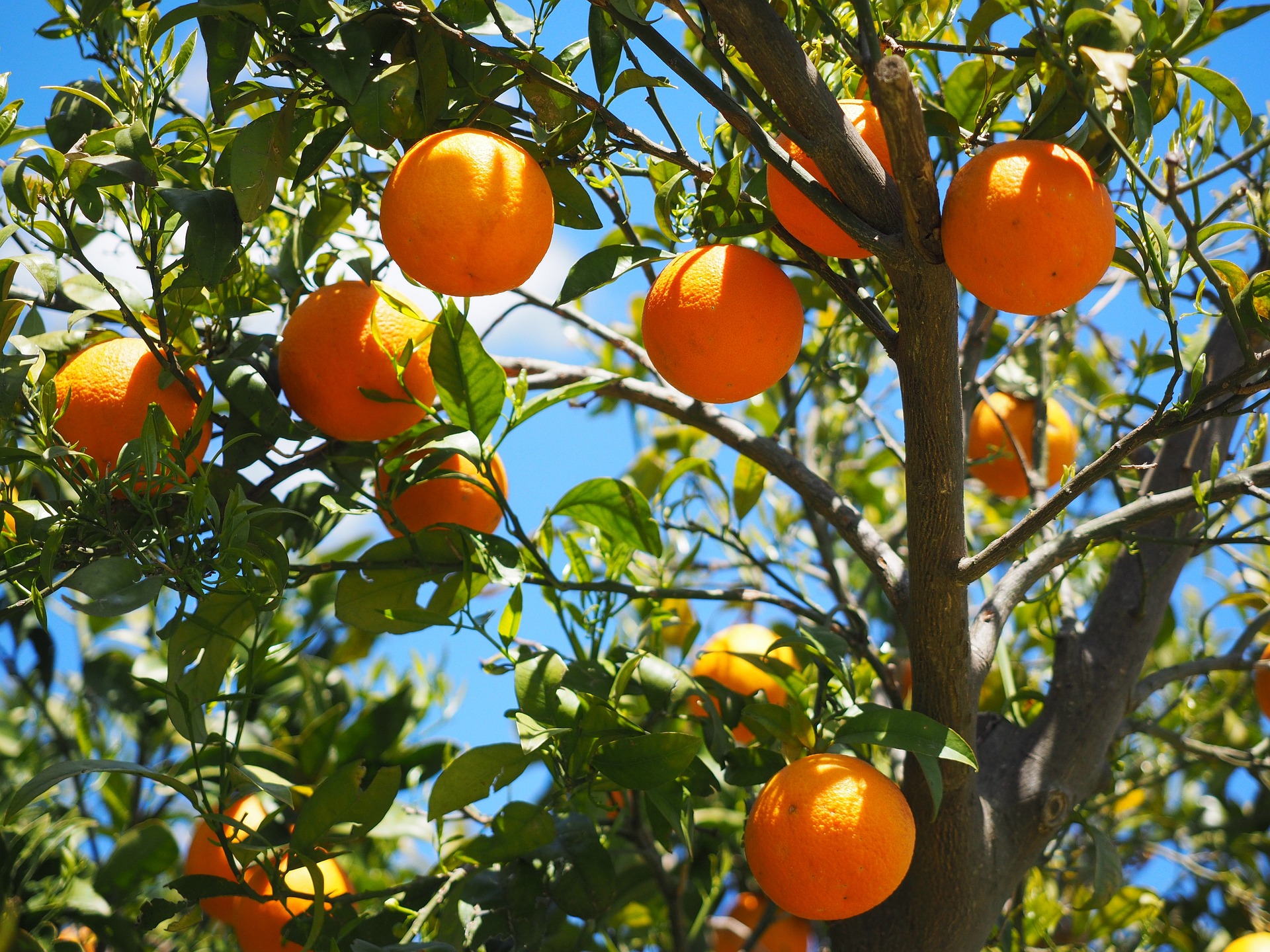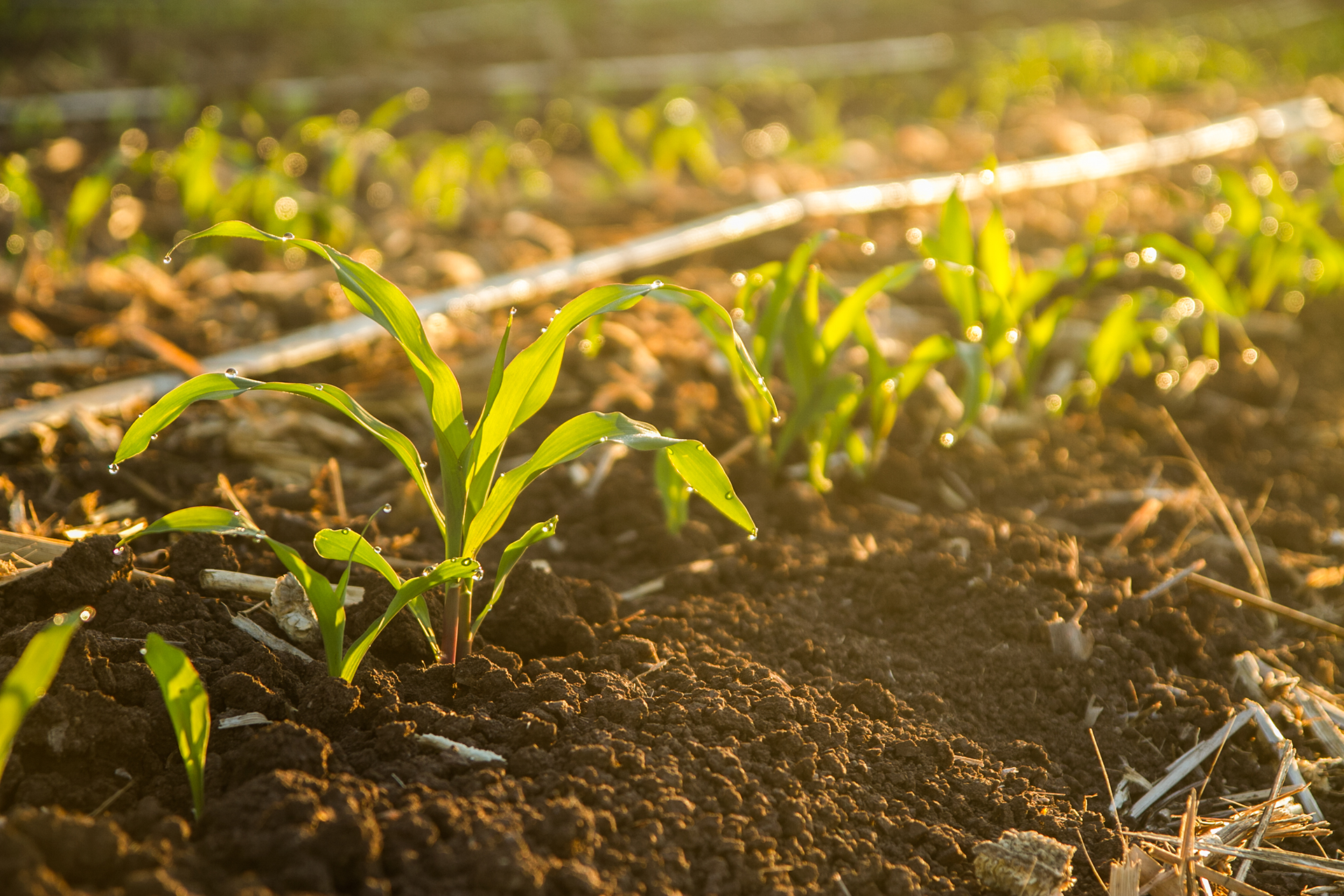Southern African citrus growers packed for export 164.8 million (15kg) cartons to be delivered to global markets in 2022. While this is an increase of 3.2 million cartons when compared to 2021, it is 5.7 million cartons less than what was predicted at the start of the season
These figures highlight the extremely tough season growers have had to endure that has negatively impacted their returns and the volumes they were able to export and threatens the future sustainability of the industry, which sustains over 140 000 jobs and brings in R30 billion in revenue to South Africa each year.
The challenges faced by the industry this season include, a surge in farming input prices and transport costs as well as astronomical shipping price hikes which made the cost of getting fruit to market commercially unviable for many growers. At the same time, the unjustified and discriminatory new False Coddling Moth (FCM) regulations passed by the European Union (EU) mid-season placed further financial strain and risk on growers. These challenges were coupled with ongoing decay of public infrastructure such as roads, rail and port operations; erratic electricity supply and a decline in real export prices. This means that already tight margins for citrus producers were squeezed to the point where only one in five farms are likely to make a positive return this season.
As a result, while there was modest growth in fruit packed and exported across some citrus varietals when compared to 2021, the final figures were far lower than what was predicted when the season started in March this year. This can be seen when it comes to Mandarins, where 31.8 million cartons were packed for export to key markets this season, which is an increase of 900 000 cartons from 2021, but is 2.7 million less than the season forecast. Volume growth in lemons continued unabated, with 34.7 million cartons packed for export in 2022, an increase of 3.6 million cartons from the previous year, and 2.4 million cartons more than what was predicted.
The perfect storm of challenges also resulted in a drop in packed export volumes of some varietals when compared to 2021. For example, 16.7 million cartons of Grapefruit were packed for export this year, which is 800 000 less than the 17.5 million cartons the previous year. There was also a decrease in the number of cartons of Valencia’s packed for export, with 53.8 million cartons exported versus 55 million in 2021.
The only other category that saw positive growth was Navels, with 27.8 million cartons packed for export in 2022, which was an increase of 600 000 cartons when compared to last year. However, it was 900 000 cartons less than the 28.7 million carton forecast at the start of the season.
The decline in fruit being shipped this season is a particular concern in light of the current forecast predicting that fruit produced and available for exports will continue to grow by 10 million cartons per year (on average) for the next decade, hitting 200 million cartons in the next 5 years and growing up to 260 million in the next ten years.
This means the industry could potentially sustain a further 100 000 jobs and generate an additional R20 billion in annual revenue, bringing its total contribution to 240 000 jobs and R50 billion in revenue, as long as key markets and logistical infrastucture are secured and optimised in order to absorb this increased growth.
The Citrus Growers Association of Southern Africa (CGA) remains committed to working with government to optimise, secure and retain as many market access opportunities as possible in order to ensure growers are able to export their fruit at good returns. Key markets that offer major potential for expanded access and require particular attention ahead of the 2023 season are the United States, India, China, Japan, Vietnam and the Philippines.
Adressing some of the astronomical costs faced by growers is another priority. The significant shipping price hikes that has seen freight costs increase by over 150% over the past two years, has had a devastating impact on growers’ profit margins, putting many of these local businesses at risk. This is why the CGA has commissioned a project with other fruit sectors to investigate options to bring about structural change in the shipping environment in order to control freight rates and improve service delivery. However, the early indication of a normalisation of container movement seen around the world should also bring about a balance in container supply and demand and some relief in shipping rates in 2023.
The CGA maintains the view that the new EU FCM regulations, which will require mandatory cold treatment of SA oranges entering the region, are a major threat to the future sustainability of the industry. These regulations are also completely unnecessary in light of the world-class and highly effective FCM risk management systems already in place. The CGA therefore continues to support both the Department of Trade, Industry and Competition and the Department of Agriculture, Land Reform and Rural Development in the current dispute lodged at the World Trade Organisation (WTO) and hopes that the process will result in a solution that is mutually acceptable to all parties.
Finally, while there have been some short-term improvements at the country’s ports as a result of interventions driven by Transnet during the 2022 season, the expected annual increase in containers of fruit being shipped from South Africa over the next few years, will pose a major strain on the ports, if ongoing infrastructure and operational issues are not addressed.
The CGA therefore remains committed to working with Transnet and other stakeholders during the upcoming 2023 season to identify any issues at the ports and come up with solutions to resolve these. The fact that the process to bring in public-private partnerships into Durban and Ngqura ports remains on track to be concluded early next year is extremely positive and it is critical that similar partnership opportunities be explored for Cape Town port.
While it is clear that the challenges faced this season have squeezed growers’ profit margins and continue to threaten the future profitability and sustainability of the industry, the CGA hopes to work with government and other value chain partners to ensure the sector not only survives over the short-term, but remains the number one South African agricultural exporter and top agricultural employer in years to come.
Source: CITRUS GROWERS’ ASSOCIATION OF SOUTHERN AFRICA (CGA)









